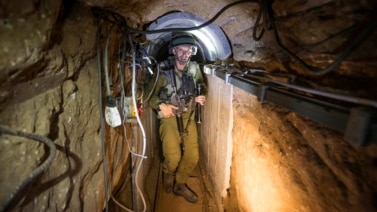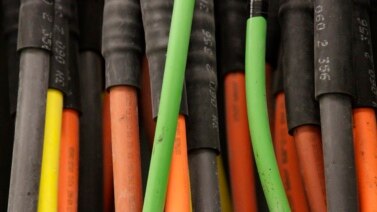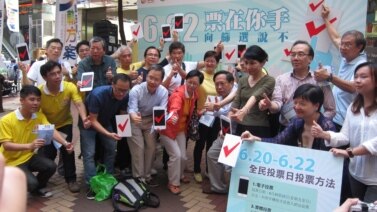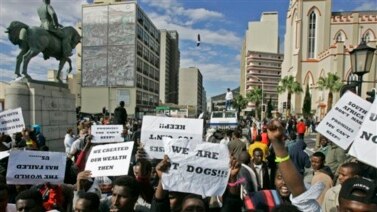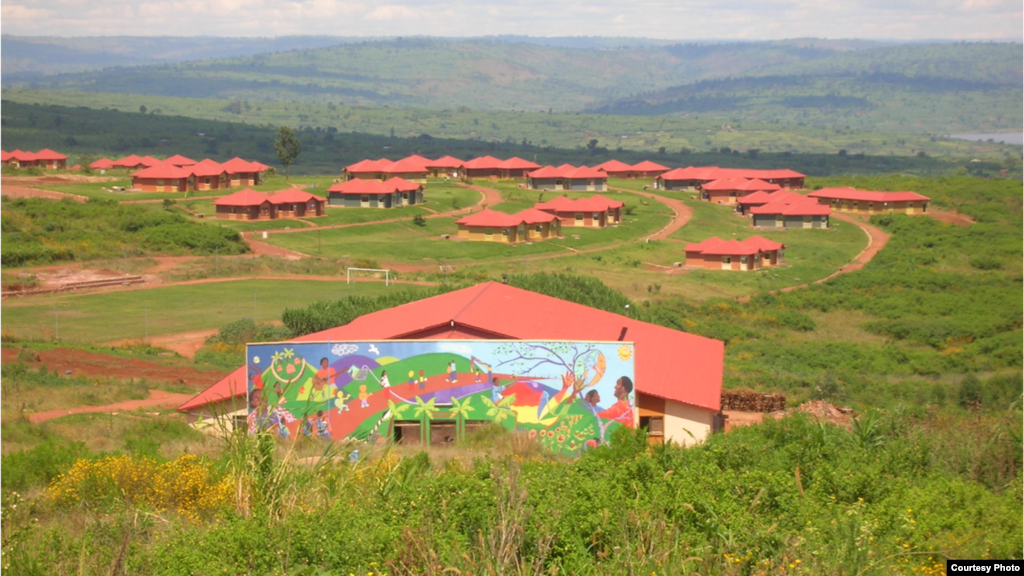
The biggest solar power factory, or plant, in East Africa recently opened in Rwanda. Solar power is produced from sun light. The plant is in Agahozo Shalom village in eastern Rwanda. The plant is the first of its kind in the area. The 21-hectare field, or solar park, is covered with special devices called panels. They store energy from the sun.
Until last month, South Africa was the only country in sub-Saharan Africa to have a large amount of solar power for its grid, or total power supply.
The Agahozo solar plant produces up to 8.5 megawatts of electricity. That is nearly seven percent of the total power supply in the country. The government has signed a power purchase agreement, or PPA, to pay for that electricity over the next 25 years.
Dan Klinck owns the business that built the solar plant. He explains why Rwanda is leading the way for solar power in East Africa.
"Rwanda’s doing a number of things right. I mean one, security. It is a place where people can trust their PPA’s for 25 years... geo-political stability, Rwanda probably is the most attractive place in East Africa. And Rwanda’s regulatory framework - no corruption. It is a very, very transparent system."
The exact price the Rwandan government will pay for the electricity from the Agahozo plant is confidential, or secret. But sources tell VOA the price is between 20 and 25 U.S. cents per kilowatt. Experts say that is about twice as costly as most hydropower plants. Those are factories that produce electricity from moving water.
But Rwanda still gets nearly half its electricity from diesel fuel. Electricity produced from diesel costs 38 cents per kilowatt in Rwanda. Solar power fluctuates, or, changes often. The Rwandan government does not want more than 10 percent of the country’s power from solar energy. However, that 10 percent is needed to save on diesel. Dan Klinck says solar power is much faster to set in place than other kinds of energy sources, like hydropower.
"A typical hydropower project you would say takes two years of development. With solar we took the site in February and it was completed and already giving electricity in July. So we are talking six months versus two years."
Villagers who were farming on the area of the current solar plant look forward to the electricity. But many will have to wait years to connect to the solar power grid.
For many of those rural residents, solar home systems with panels attached to the top of homes may be an answer. The German company Mobisol says they can offer Rwandans a system that powers several lamps, a phone charger, a flashlight and a radio. The cost of the power system is $10 a month over three years.
One Mobisol representative says 80 percent of Rwandan families can pay that amount.
Klaus Maier is in charge of the Mobisol office in Rwanda. He believes that Rwanda is a good place to have a solar park. He says that solar panels do not work well if they get too hot. Rwanda averages only five hours of sunshine per day.
The Agahozo solar park has more than 28,000 solar panels and was built at a cost of $23.7 million.
I’m Jonathan Evans.
Nick Long reported this story from Kigali and Jonathan Evans wrote it for Learning English. Caty Weaver was the editor.
Words in this Story
confidential – adj. secret or private
fluctuate - v. to change level, strength, or value frequently
hydropower – n. electricity produced from machines that are run by moving water
rural – adj. describing areas away from cities which may include farms, small towns and unpopulated areas.
solar – adj. produced by or using the sun's light or heat
Now it’s your turn to use these Words in this Story. In the comments section, write a sentence using one of these words and we will provide feedback on your use of vocabulary and grammar.
